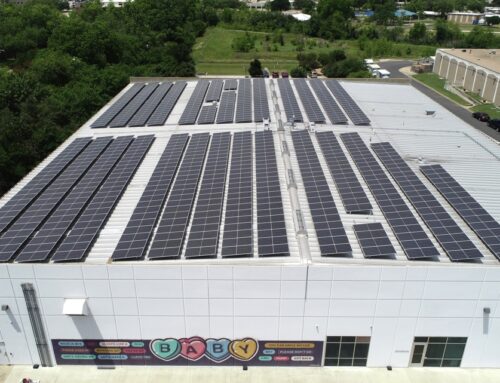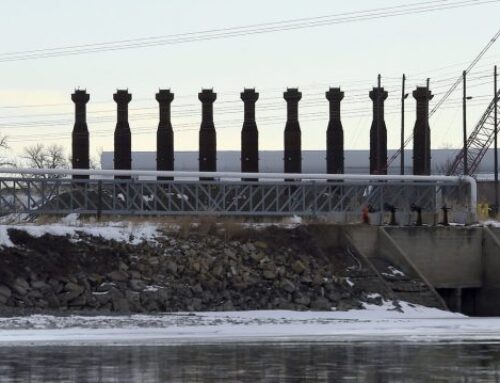How AI Is Powering the Future of Sustainable Energy
November 22, 2024
The world is hungry for energy. It runs our phones and homes, and it’s essential for economic growth and the betterment of communities worldwide. Energy is intrinsically linked to the UN’s Sustainable Development Goals. Yet how do you satisfy humankind’s need for power with so many challenges around global warming and climate change?

Reliable Renewables Now
At COP28 in 2023, world leaders recognized that in order to keep warming below 2°C, the shift to renewables must increase significantly by 2030. The target of 1.5°C, however, also requires three times more renewable energy capacity, and double the global average annual rate of energy efficiency improvements, from around 2 percent to over 4 percent annually.
Providing reliable and equitable access to power while transitioning to low-carbon, sustainable renewables is a conundrum facing policymakers and businesses worldwide. Increasingly, they’re looking to AI as a potentially transformative tool to achieve these goals and optimize energy production, management, and consumption.
In a paper by the Tencent Research Institute titled “AI and Sustainable Development Outlook,” we examine how.
Multifaceted Challenges, Multiple Goals
Today’s energy systems must evolve to meet these goals:
- Boost efficiency and cut costs: Energy systems must deliver power in an affordable and efficient way to support growing economies and populations sustainably.
- Transition to low-carbon energy: To combat climate change, we must reduce fossil-fuel dependence and adopt cleaner alternatives like wind, solar, and other renewables.
- Increase energy security: Climate events, cyber threats, and market volatility all pose risks to energy supply. A modern energy system must be robust enough to withstand these challenges.
How AI Can Help
AI is assisting the energy sector with complex challenges by enabling systems that are smarter, safer, and more adaptable.
Optimizing Production
AI enhances energy production by analyzing data to maximize efficiency, minimize costs, and boost output, impacting renewable and traditional energy sectors. For example:
- Accurately forecasting renewable-energy generation from sources like wind and solar, improving site selection and operational planning.
- Intelligent control of wind and solar equipment, detecting faults before they occur and adjusting systems to maintain peak efficiency.
- Enhanced oil and gas production through smart reserve assessments to optimize extraction strategies and production efficiency.
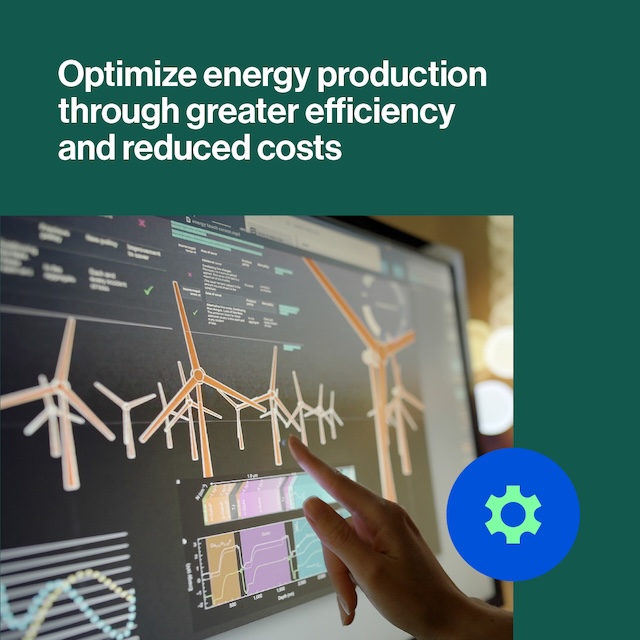
Safeguarding Supply
Once energy is generated, it must be transported. AI plays a critical role in securing this transmission process through:
- Proactive pipeline monitoring and maintenance, using sensor and camera data to detect issues like corrosion or cracks, making timely repairs possible.
- Real-time data analysis improves emergency response, adjusting energy routes to ensure safe and reliable delivery.
By predicting potential problems and managing transmission, AI strengthens the resilience of infrastructure and minimizes the risk of disruptions.
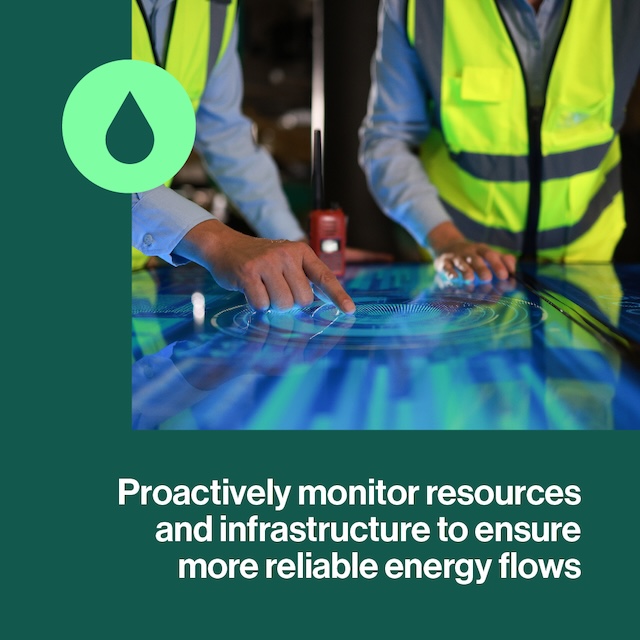
Enhancing Energy Consumption Management
AI-driven consumption management helps balance supply and demand, and prevent waste, a key challenge in maintaining an efficient and stable energy system. Here’s how:
- Demand prediction in smart grids helps balance supply and demand, and enable efficient distribution.
- Optimizing inventory and supply chains in oil, gas, and coal sectors by forecasting demand, thus reducing costs and overstocking.
- Coal consumption management helps companies adjust operations to conserve resources and respond to market needs.
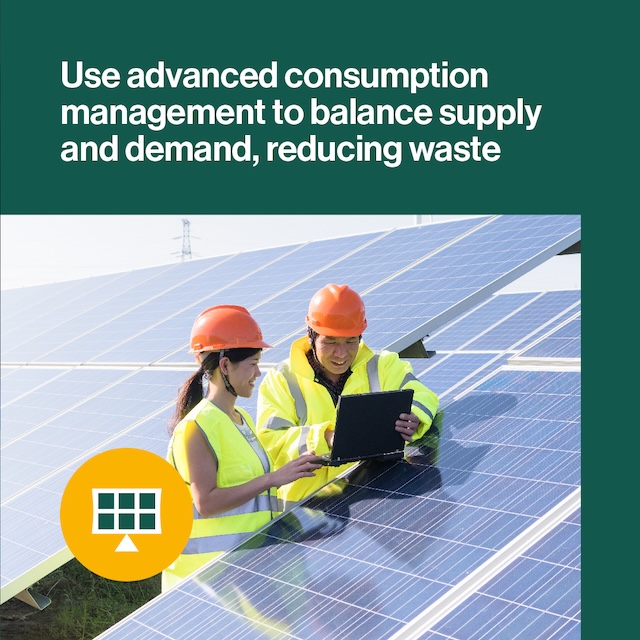
Low-Carbon and Clean Energy
The shift to low-carbon energy solutions must be coupled with reducing costs and improving efficiency. AI helps in the discovery of new energy materials and providing flexibility in energy markets.
The search for new energy materials is crucial to reduce production costs and make energy systems more flexible and efficient. AI is speeding up the process and allowing energy companies to develop innovative solutions more quickly and affordably by:
- Mining data for material properties, including scientific literature, to discover potential new material and applications.
- Predicting, designing, and testing new materials virtually to determine qualities like strength or conductivity without costly real-world experiments.
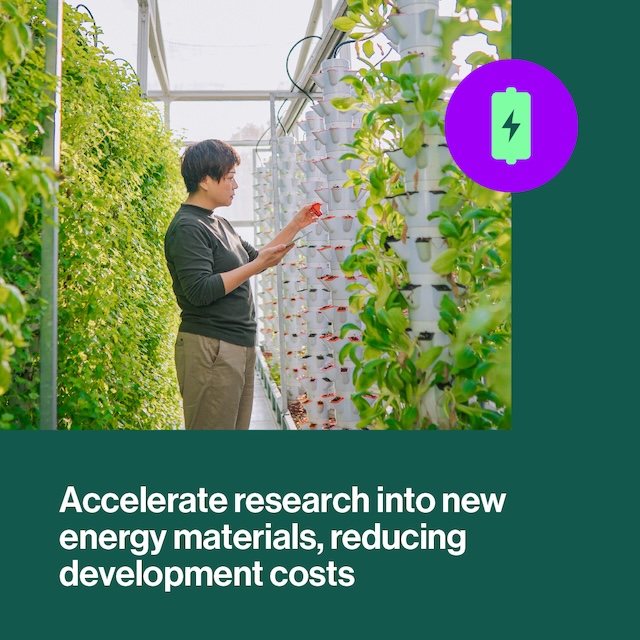
Supporting Market Flexibility in Energy Trading
AI, especially through large language models (LLMs), is aiding market flexibility and efficiency and responses to fluctuations through:
- Real-time market data and insights on trends like energy demand, price shifts, and policy changes, allowing companies to adjust strategies quickly.
- Improving the design of energy trading markets by modeling trading behaviors under various policy and economic conditions.
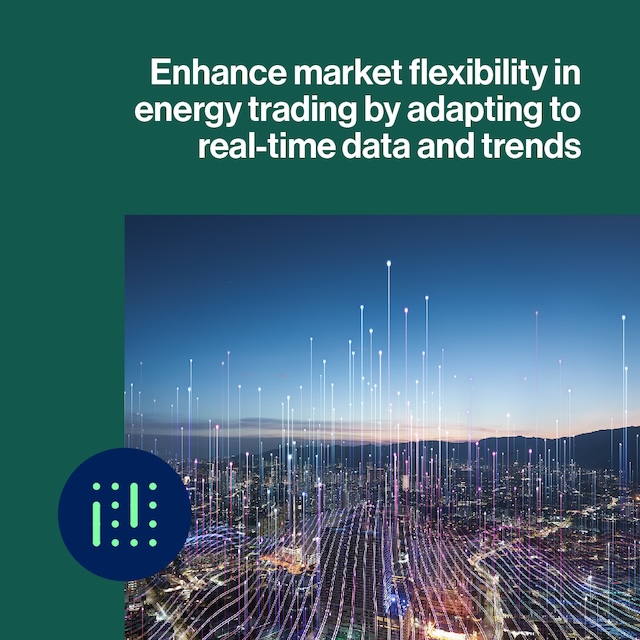
Building a Sustainable Energy Future
There are no simple solutions in shifting toward a low-carbon world. Technology, and AI in particular, however, is now an integral part of the transition, optimizing production, securing transmission, and balancing consumption. As AI advances, its applications in material discovery, real-time forecasting, and predictive maintenance will become more important in creating a resilient, low-carbon, and efficient energy sector. In driving smarter decisions and more flexible market dynamics, AI can help ensure energy needs for all continue to be met while ensuring a healthier planet for generations to come.
Search
RECENT PRESS RELEASES
Related Post
